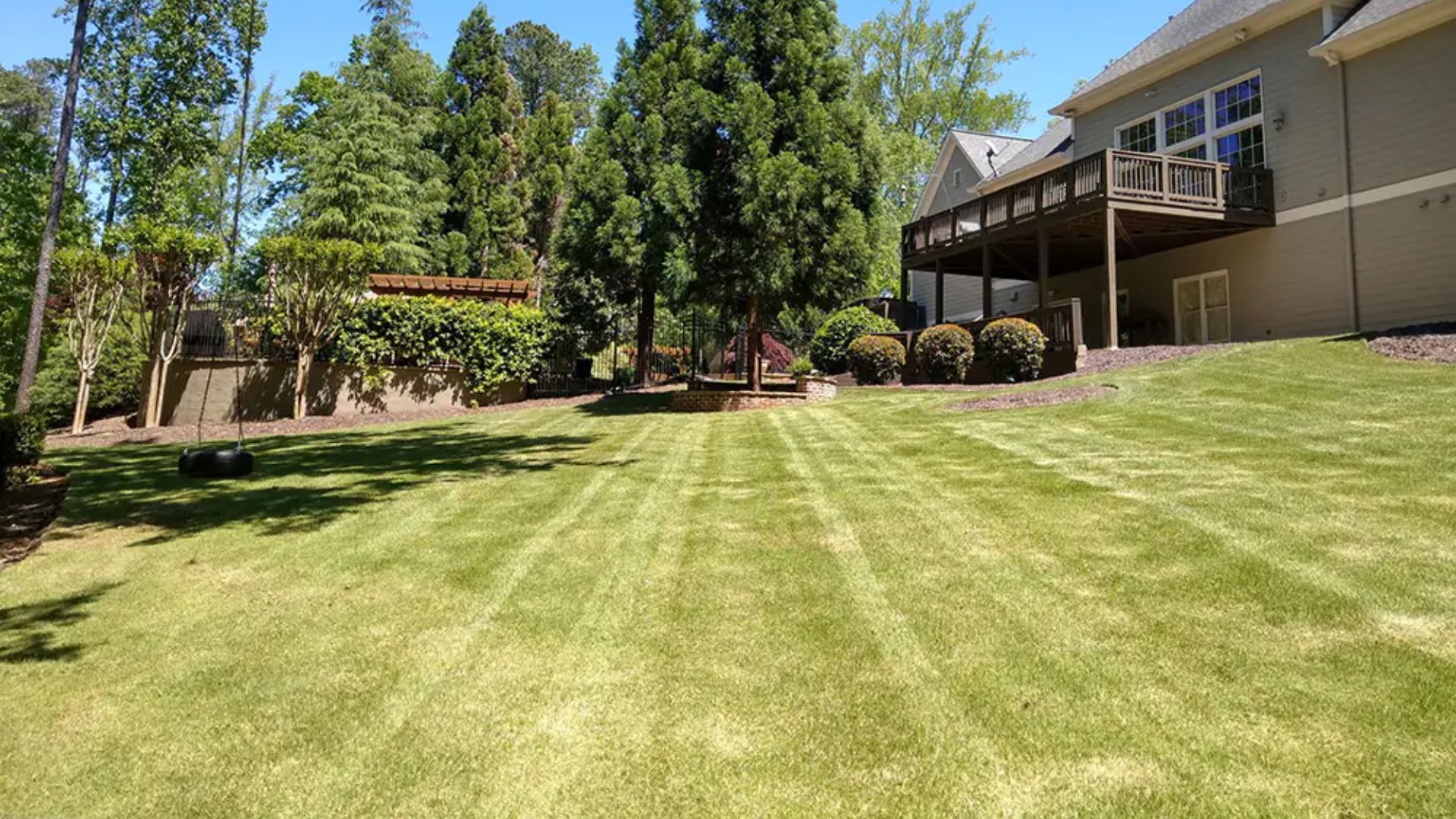Turf plays a crucial role in various aspects of our lives, from enhancing the aesthetic appeal of residential and commercial properties to providing safe and functional surfaces for sports and recreational activities. The significance of turf extends beyond mere aesthetics; it contributes to environmental health, supports biodiversity, and improves air quality. Natural turf, in particular, acts as a natural filter, absorbing carbon dioxide and releasing oxygen, which is vital for maintaining ecological balance.
Furthermore, turf can help mitigate urban heat islands by cooling the surrounding environment, making it an essential component of urban planning and landscape design. In addition to its environmental benefits, turf serves as a vital component in the realm of sports and recreation. Well-maintained grass fields provide safe playing surfaces for athletes, reducing the risk of injuries associated with hard or uneven ground.
The tactile experience of natural grass can enhance the enjoyment of sports, as players often prefer the feel of real grass underfoot compared to synthetic alternatives. Moreover, turf can foster community engagement by providing spaces for social interaction, outdoor activities, and events, thereby enhancing the quality of life in neighborhoods and cities.
Natural Turf: Aesthetic Appeal and Environmental Benefits
Natural turf is often praised for its aesthetic appeal and environmental benefits. It provides a soft, cushioned surface that is pleasant to walk on and visually pleasing. Additionally, natural grass can absorb rainwater, reducing runoff and promoting groundwater recharge.
The Drawbacks of Natural Turf
However, maintaining natural turf requires significant resources, including water, fertilizers, and regular mowing. In regions with water scarcity or extreme weather conditions, sustaining healthy grass can become a challenge.
Artificial Turf: A Low-Maintenance Alternative
On the other hand, artificial turf offers a low-maintenance alternative that can withstand heavy foot traffic without the need for watering or mowing. This makes it particularly appealing for commercial properties and sports facilities where durability is paramount. However, artificial turf has its drawbacks; it can become hot under direct sunlight, leading to discomfort for users. Moreover, while it eliminates the need for pesticides and fertilizers, the production and disposal of synthetic materials raise environmental concerns. The choice between natural and artificial turf ultimately hinges on specific needs, budget considerations, and environmental factors.
Different Types of Natural Turf
Natural turf encompasses a variety of grass species, each suited to different climates and uses. Cool-season grasses, such as Kentucky bluegrass and fescue, thrive in northern climates where temperatures are moderate. These grasses are known for their lush appearance and ability to recover quickly from wear, according to one of the best turf suppliers in Hervey Bay..
Kentucky bluegrass, in particular, is favored for its rich color and dense growth habit, making it ideal for residential lawns and parks. Conversely, warm-season grasses like Bermuda grass and zoysia grass are better suited for southern climates where temperatures soar during summer months. Bermuda grass is highly resilient and establishes quickly, making it a popular choice for sports fields and golf courses.
Zoysia grass is known for its drought resistance and ability to tolerate heat, making it an excellent option for lawns that experience varying weather conditions. Understanding the characteristics of these different types of natural turf is essential for selecting the right grass species based on regional climate and intended use.
Different Types of Artificial Turf
Artificial turf has evolved significantly since its inception in the 1960s, with various types designed to meet specific needs. The most common type is polyethylene turf, which mimics the look and feel of natural grass while providing durability and low maintenance. This type is often used in residential lawns, playgrounds, and sports fields due to its soft texture and resistance to fading.
Another popular option is polypropylene turf, which is typically less expensive but may not be as durable as polyethylene. It is often used in indoor applications or areas with light foot traffic. For high-performance sports fields, nylon turf is preferred due to its strength and resilience; however, it tends to be more expensive than other options.
Each type of artificial turf has unique properties that cater to different applications, making it essential to consider factors such as usage frequency, budget constraints, and desired aesthetics when selecting the appropriate type.
Factors to Consider When Choosing Turf
Selecting the right type of turf involves careful consideration of several factors that can impact both functionality and aesthetics. One primary consideration is climate; understanding whether a region experiences cool or warm temperatures will guide the choice between natural grass species or artificial turf types. For instance, homeowners in cooler climates may opt for cool-season grasses that thrive in their environment while those in warmer regions might choose warm-season varieties or durable synthetic options.
Another critical factor is intended use. Residential lawns may prioritize aesthetics and comfort for family activities, while sports fields require durability and resilience to withstand heavy use. Budget constraints also play a significant role; while natural turf may have lower initial costs, ongoing maintenance expenses can add up over time.
Conversely, while artificial turf may have a higher upfront cost, its low maintenance requirements can lead to long-term savings. Evaluating these factors holistically will ensure that the chosen turf meets both practical needs and personal preferences.
Maintaining and Caring for Different Types of Turf
Natural Turf Maintenance
Natural turf requires regular mowing to maintain an appropriate height for optimal growth while preventing weeds from taking over. Additionally, watering schedules must be established based on climate conditions; during dry spells, deep watering encourages root growth while avoiding shallow surface watering that can lead to weak roots.
Fertilization and Aeration
Fertilization is another critical aspect of natural turf care; applying the right nutrients at appropriate times throughout the growing season promotes healthy growth and vibrant color. Aeration can also be beneficial in relieving soil compaction and improving water infiltration.
Artificial Turf Maintenance
In contrast, artificial turf maintenance focuses primarily on cleaning debris such as leaves or dirt accumulation that can affect its appearance. Regular brushing helps keep the fibers upright while ensuring even distribution of infill materials that provide cushioning.
Turf for Different Environments: Residential, Commercial, and Sports
The application of turf varies significantly across different environments such as residential areas, commercial properties, and sports facilities. In residential settings, homeowners often seek lush green lawns that enhance curb appeal while providing a space for family gatherings or outdoor activities. Natural grass is frequently favored for its aesthetic qualities; however, many homeowners are also turning to artificial options for their low maintenance requirements.
Commercial properties often prioritize durability and functionality over aesthetics; thus, artificial turf from a local turf supplies business has gained popularity in these settings due to its resilience against heavy foot traffic. Businesses such as restaurants or hotels may utilize synthetic grass in outdoor dining areas or landscaping features to create inviting spaces without the upkeep associated with natural grass. Sports facilities present unique challenges; they require surfaces that can withstand rigorous play while ensuring player safety.
Consequently, many sports fields utilize specialized natural grasses or high-performance artificial turfs designed specifically for athletic use.
The Future of Turf: Innovations and Sustainability
As awareness of environmental issues grows, innovations in turf technology are increasingly focused on sustainability. Research into drought-resistant grass varieties aims to reduce water consumption associated with maintaining natural lawns while still providing lush green spaces. Additionally, advancements in artificial turf production are leading to more eco-friendly materials that minimize environmental impact during manufacturing processes.
Furthermore, initiatives promoting recycling old synthetic turf are gaining traction; companies are developing methods to repurpose worn-out materials into new products rather than sending them to landfills. These innovations reflect a broader trend toward sustainable landscaping practices that prioritize ecological health while meeting human needs for recreational spaces. As technology continues to evolve alongside environmental consciousness, the future of turf looks promising with potential solutions that balance aesthetics with sustainability.

